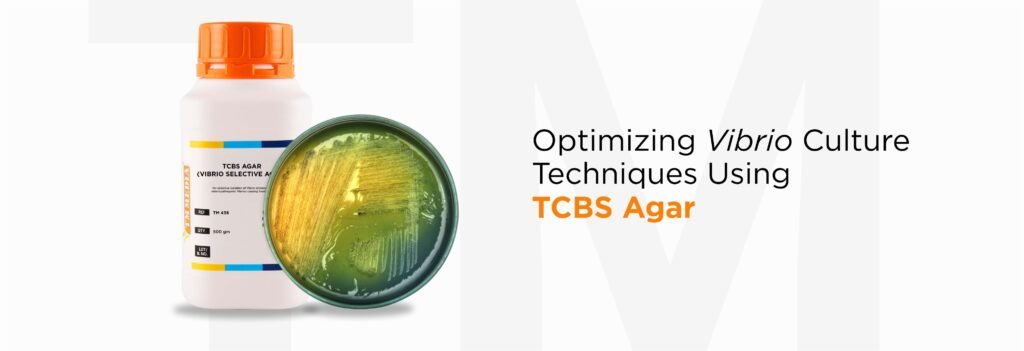

In the world of pathogenic identification, one crucial player in the isolation and cultivation of Vibrio species is Thiosulfate-citrate-bile salts-sucrose (TCBS) Agar. Developed by Kobayashi, this selective differential medium has become a staple in laboratories for its effectiveness in isolating Vibrio cholerae and other Vibrio species from various specimens.
Its purpose in selectively isolating Vibrio cholerae and other enteropathogenic Vibrios from clinical specimens. Originally designed for V. cholerae and V. parahaemolyticus, it accommodates most Vibrios, showcasing diverse colonial morphologies. Enrichment in Alkaline Peptone Water, followed by isolation on TCBS Agar, is a routine method for V. cholerae isolation. The additional ingredient, sodium cholate, enhances selectivity, although some strains of Pseudomonas and Aeromonas may form colonies, making H2S negativity on TCBS Agar presumptively positive for Vibrio.
Let’s break down the key constituents of TCBS Agar:
| Ingredients | Concentration (Gms/Ltr) |
| Peptone special | 16.000 |
| Yeast extract | 5.000 |
| Sodium citrate | 10.000 |
| Sodium thiosulphate | 10.000 |
| Sodium cholate | 3.000 |
| Sucrose | 20.000 |
| Sodium chloride | 10.000 |
| Ferric citrate | 1.000 |
| Bromo thymol blue | 0.040 |
| Thymol blue | 0.040 |
| Agar | 15.000 |
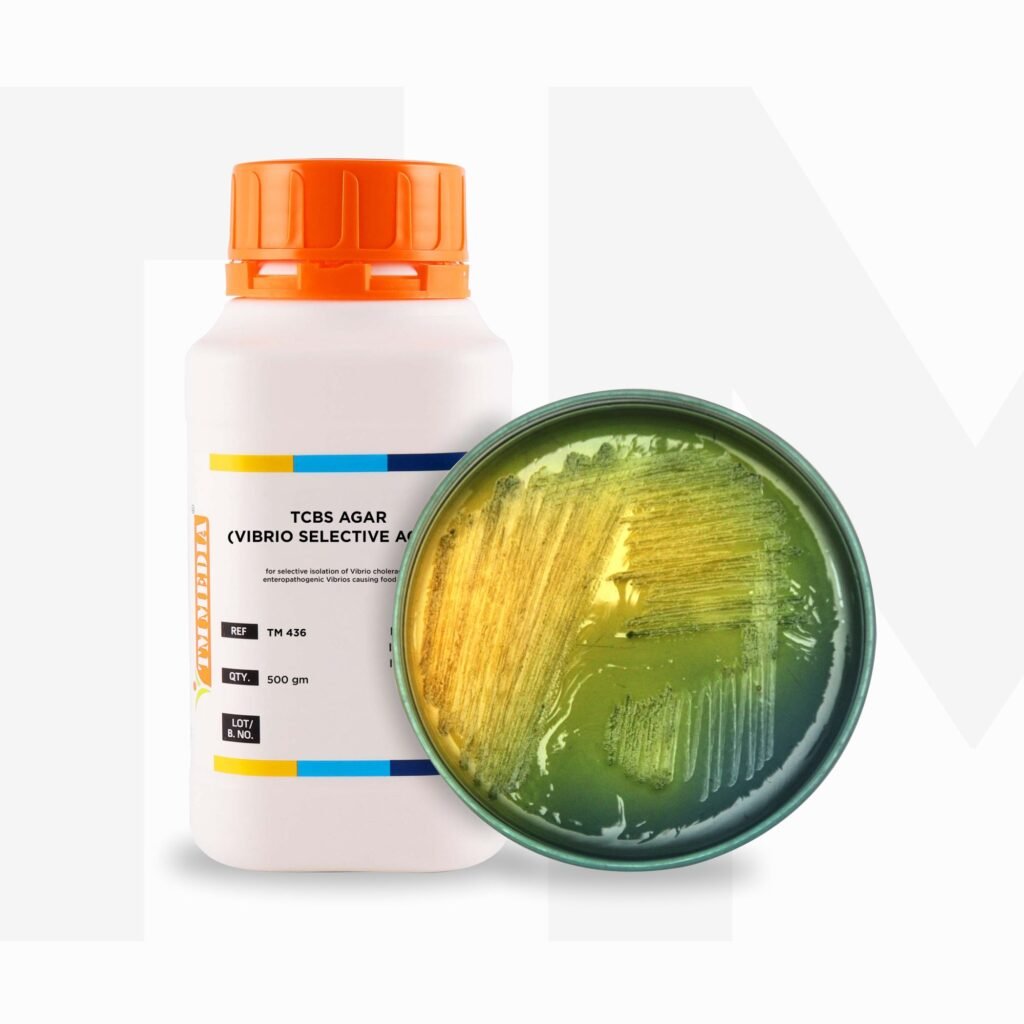
TCBS Agar’s principle revolves around providing nutrients, inhibiting unwanted bacteria, and allowing selective growth based on Vibrio metabolic characteristics. The media’s alkaline pH enhances recovery, and the sucrose fermentation by Vibrios results in characteristic colony colours.
To prepare TCBS Agar, dissolve 89.08 grams in 1000 ml purified water, heat to boiling, avoid autoclaving, cool to 45-50°C, mix well, and pour into sterile Petri plates.
Observing cultural characteristics after incubation is crucial:
The decision to boil TCBS Agar, not autoclave, reflects the delicate dance between providing a conducive environment for Vibrio growth and preserving the integrity of the media. Autoclaving, a common sterilization method, is avoided due to many reasons:
Sucrose Browning: TCBS Agar contains sucrose, a fermentable carbohydrate crucial for Vibrio metabolism. Boiling is preferred over autoclaving to prevent the caramelization or browning of sucrose, ensuring that the medium retains its essential properties. The characteristic yellow colonies produced by Vibrio cholerae are a direct result of sucrose fermentation. Altering this process through autoclaving could impact the reliability of the media for selective isolation.
Chemical Alteration. The delicate balance of nutrients, inhibitors, and pH indicators in TCBS Agar is finely tuned for the selective growth of Vibrios. Any deviation from the recommended preparation method, such as autoclaving, introduces an element of unpredictability into the process, jeopardizing the reliability of results in microbiological studies.
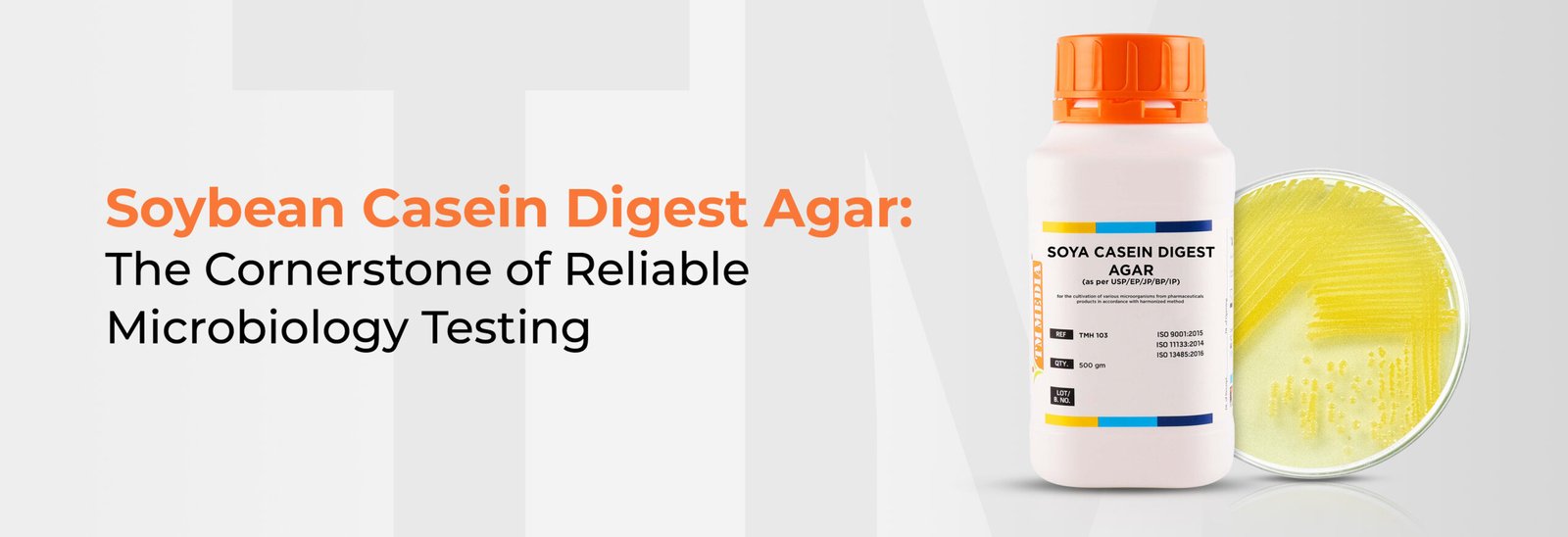
Every sample tested in a microbiology lab carries a mystery: invisible microorganisms waiting to be identified. The story begins the...
Read More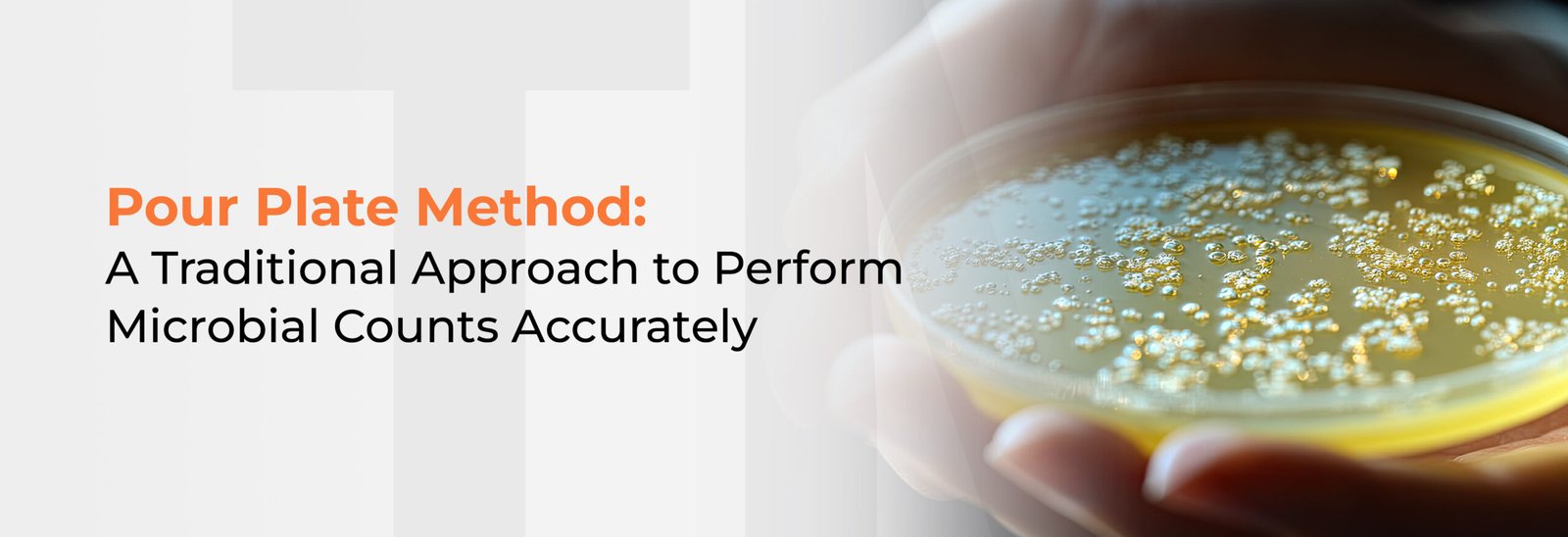
You want to find out how many bacteria are in a drop of water, a bite of food, or a pharmaceutical...
Read More
In the clean hallways of a pharmaceutical plant, precision and cleanliness are not just ideals; they are essential requirements. Even...
Read More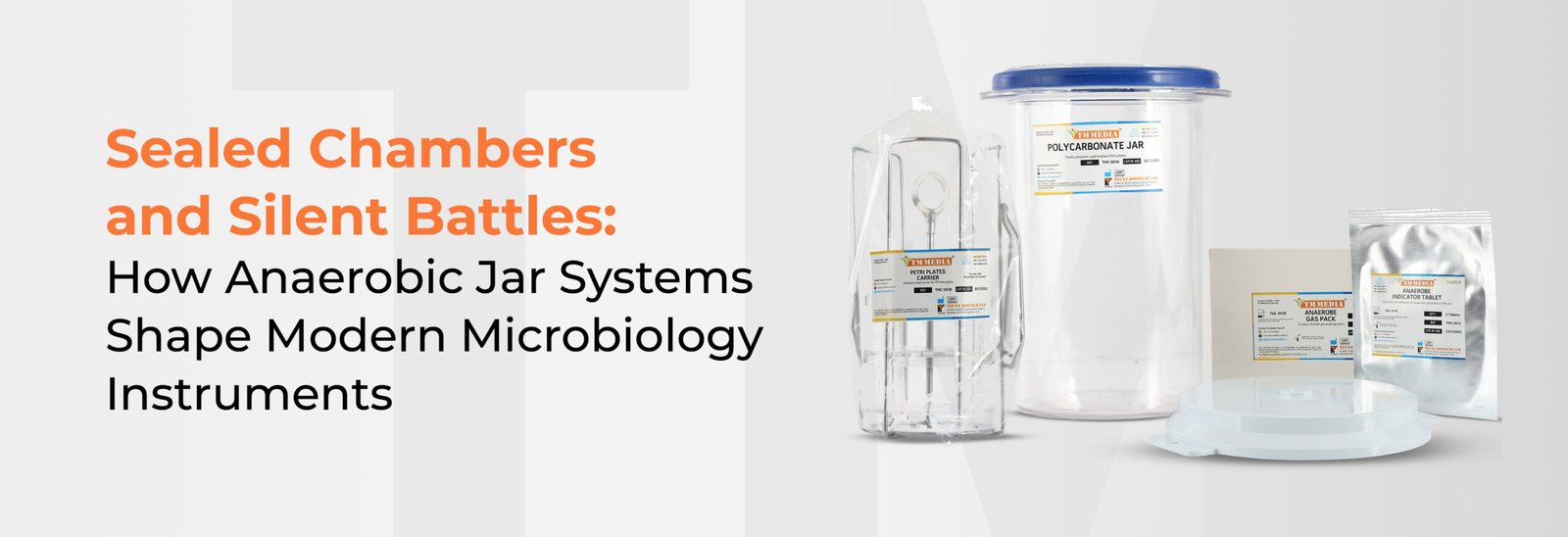
Imagine a pharmaceutical compound manufacturing facility struggling with contamination from undesirable aerobic bacteria. Production batches fail, quality checkpoints find hazardous...
Read More
Imagine this: your body is a fort, defended by walls, guards, and intricate defences. But occasionally, raiders slip through the...
Read More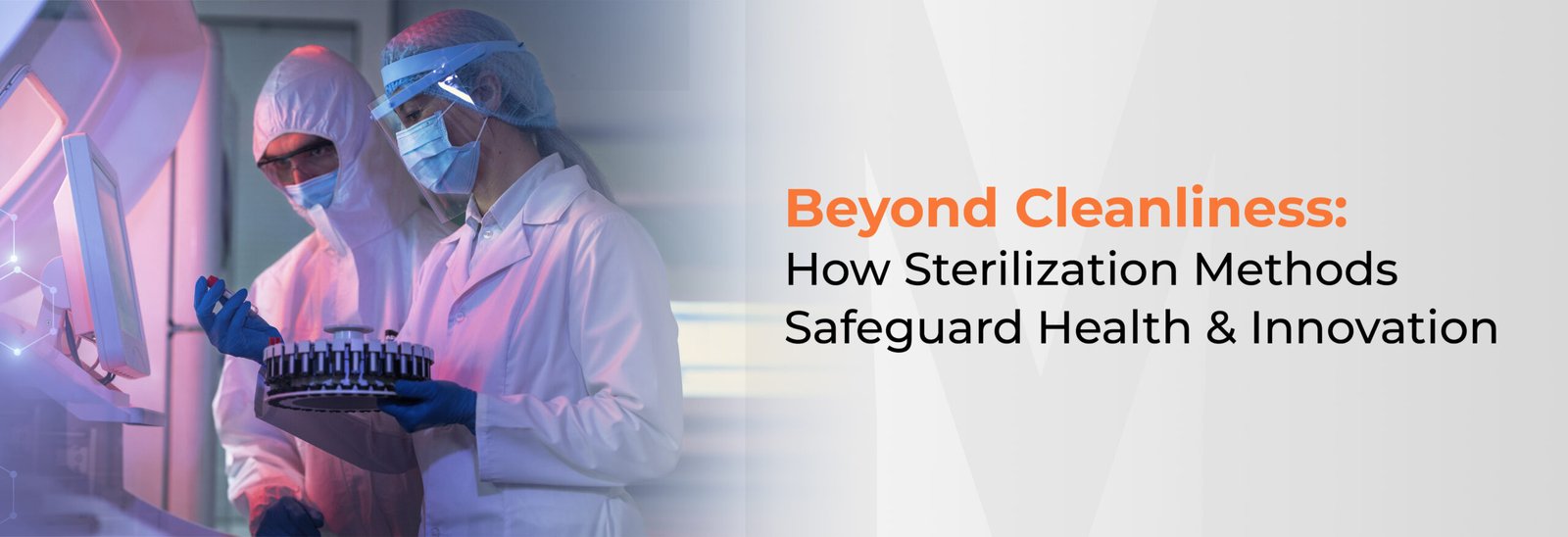
Think about, you are cooking food for loved ones. You’d wash your hands, clean the utensils, and make sure everything...
Read More